|
PreCOP 26 Side Event “All4Climate-Italy 2021” – October 1, 2021 Pre-COP26 webinar showcases the Peste des petits ruminants Global Eradication Programme as an enabler of climate resilience
0 Comments
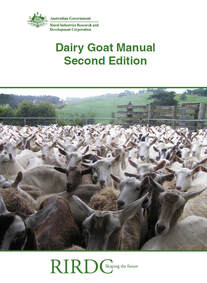 by Gaille Abud (IGA member) and Arthur Stubbs Foreword This revised edition of the “Dairy Goat Manual” was compiled as a guide to current recommended dairy goat farm management practices based on observations and information gained during the course of the RIRDC project “Farming and Marketing Goat and Sheep Milk Products”. Information contained in this Manual is provided as general advice only. For application to specific situations, professional advice should be sought. RIRDC and its research agents have taken all reasonable steps to ensure that the information in these publications is accurate at the time of publication. Readers should ensure that they make appropriate enquiries to determine whether new information is available on the particular subject matter. The project was funded from RIRDC Core Funds which are provided by the Australian Government. This report, an addition to RIRDC’s diverse range of over 1800 research publications, forms part of our New Animal Products R&D program, which aims to accelerate the development of viable new animal industries. Most of our publications are available for viewing, downloading or purchasing online through our website:
Peter O’Brien Managing Director Rural Industries Research and Development Corporation 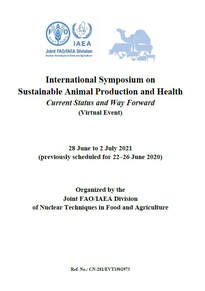 Announcement and Call for Papers A. Background The International Symposium on Sustainable Animal Production and Health – Current Status and Way Forward, postponed due to the COVID-19 pandemic, will draw on lessons learned and current best practices to provide a roadmap for the sustainable improvement of animal production whilst protecting the environment. The focus of the symposium will be on the contributions and impact of nuclear technologies and applications. B. Objectives The purpose of the symposium is:
 28 June - 2 July 2021, Vienna, Austria Owing to the COVID-19 pandemic, this event will now be held virtually. Systems of livestock production in developing countries are becoming progressively more intensified as producers and traders respond to increasing demands from consumers in urbanized societies for milk, meat, other livestock products and animals. This includes the challenges of increasing productivity without degrading feed and genetic resources, and of ensuring that diseases of a transboundary or zoonotic nature are early recognized and brought under control. Increasing demand can only be met through the selection of animals that produce more meat and milk and show disease resistance and heat tolerance; the optimal utilization of local resources that simultaneously protects animal biodiversity and the environment; and the protection of animals and their caretakers from diseases. 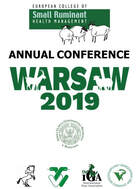 Conference Abstracts Conference Abstracts Written by Emilia Bagnicka, IGA Regional Director for Eastern Europe The Annual European College of Small Ruminant Health Management (ECSRHM) conference took place in Warsaw (Poland) on May 11th 2019 at Warsaw University of Life Science – SGGW, Faculty of Veterinary Medicine. The conference was organized by ECSRHM, Faculty of Veterinary Medicine of WULS-SGGW, Polish Society of Veterinary Sciences – PTNW, International Goat Association – IGA, and Warsaw Chamber of Veterinary Surgeons. Written by Bill Gates Can goats empower women? In one of the poorest areas of India, they already are. This is thanks to a new team of health workers who are training rural women how to gain financial independence by raising healthier goats. READ MORE... Associate Editor for Health and Welfare 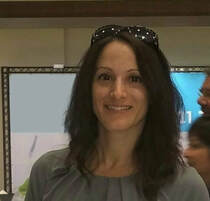 Nurit Argov-Argaman graduated in Animal Science from the Faculty of Agriculture of the Hebrew University of Jerusalem, Israel. After a postdoc fellowship in the Food Science and Technology department at UC Davis, she joined as a faculty in the Animal Science Department of the Hebrew University of Jerusalem, specializing in lactation physiology and metabolism. Dr. Argov-Argaman is actively engaged and leading research on the metabolic and molecular pathways regulating milk composition, with a special interest in milk lipids, including but not limited to fatty acids, polar lipids and glycol-conjugates. Her group conducts in vivo studies on various mammalian species, including bovine, caprine, ovine, mice and human to understand how to elevate the content of bioactive molecules in milk. The underlying molecular, biochemical and metabolic regulation of milk composition is studied in in vitro system of mammary epithelial cells, employing metabolic, biochemical and biophysical approaches. Her group is also leading the development of a sustainable approach to induce production and improve milk quality by studying the interaction between genetic background and diet of dairy farm animals. Of special focus is the dietary source of plant secondary metabolites which may help to maintain productivity under stressful conditions such as energy balance, heat stress, and water shortage. Associate Editor for Health and Welfare  Dr. M.S.A. Kumar earned his veterinary degree (BVSc) and subsequently a master’s degree (MVSc) in anatomy with University Gold Medals from the Mysore Veterinary College, in Bangalore, India. He was a dairy cattle veterinarian for three years and went to Nigeria to teach veterinary anatomy at the Ahmadu Bello University for two years and also served as an external examiner for anatomy at the University of Nigeria. He joined Kansas State University to earn an MS degree in veterinary physiology and a Ph.D. degree from the University of Florida in neuroendocrinology. He taught anatomy and surgical anatomy as well as renal physiology at the University of Florida and moved to Boston to join the Veterinary College associated with Tufts University. He has been teaching and directing the veterinary anatomy program at Tufts University for three-plus decades, and maintained an active lab conducting research on neurochemistry. Dr. Kumar published extensively in the field of neuroscience and also published two textbooks on canine anatomy (Linus Learning Publishers, NY). He is currently a professor of anatomy in the department of medical education, Tufts University School of Medicine, Boston. 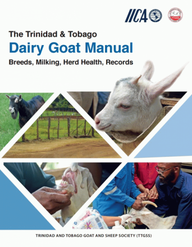 Summary The information contained in this manual describes the important aspects of dairy goat production in Trinidad and Tobago. Its purpose is to help you and other farmers improve your production. The manual assumes that you are interested in dairy goat production, but it does not assume that you know anything about rearing them. This manual provides you with some basic knowledge and technologies about various aspects of dairy goat production including but not limited to: choosing good goats, nutrition, feeding, breeding, grooming, disease control and treatment. There is a chapter which gives an example of proper record keeping tables and even includes a herd projection table for a twenty-doe unit. READ MORE… 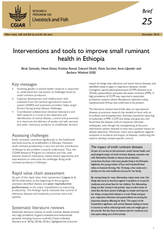 Key messages
READ THE FULL BRIEF |
IGA Blog
The International Goat Association promotes goat research and development for the benefit of humankind, to alleviate poverty, to promote prosperity and to improve the quality of life. Archives
May 2024
Categories
All
|
|
International Goat Association
2516 Millbrook Rd., Little Rock, AR72227 USA email: [email protected] -454-1641 |
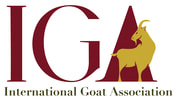
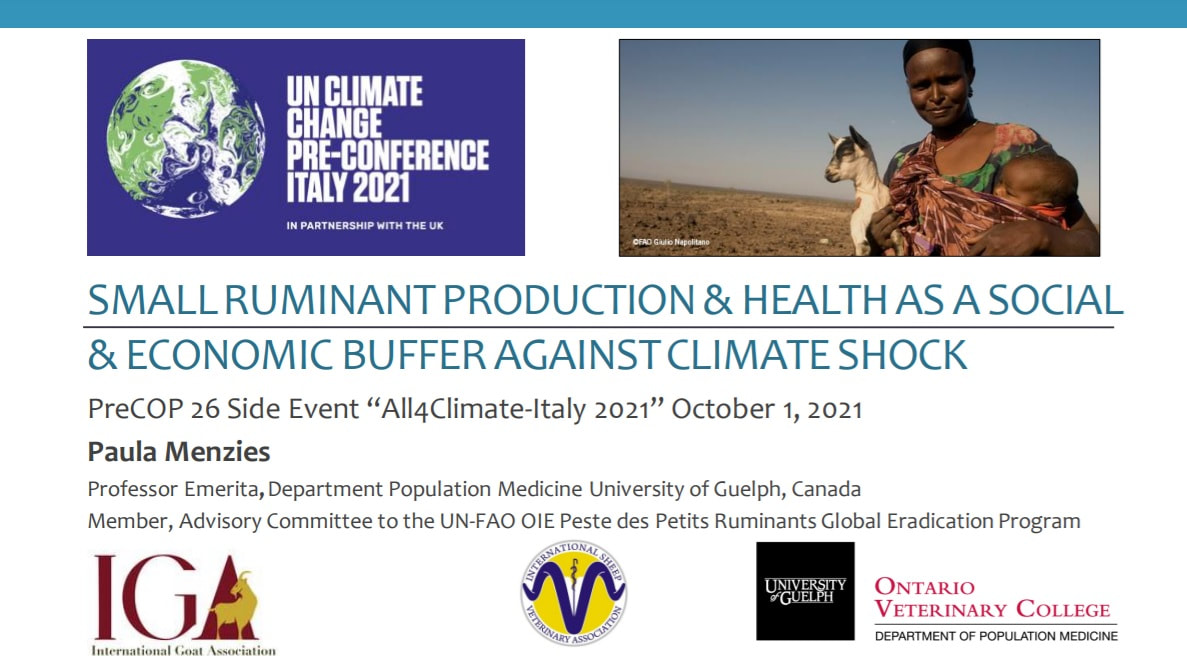
 RSS Feed
RSS Feed